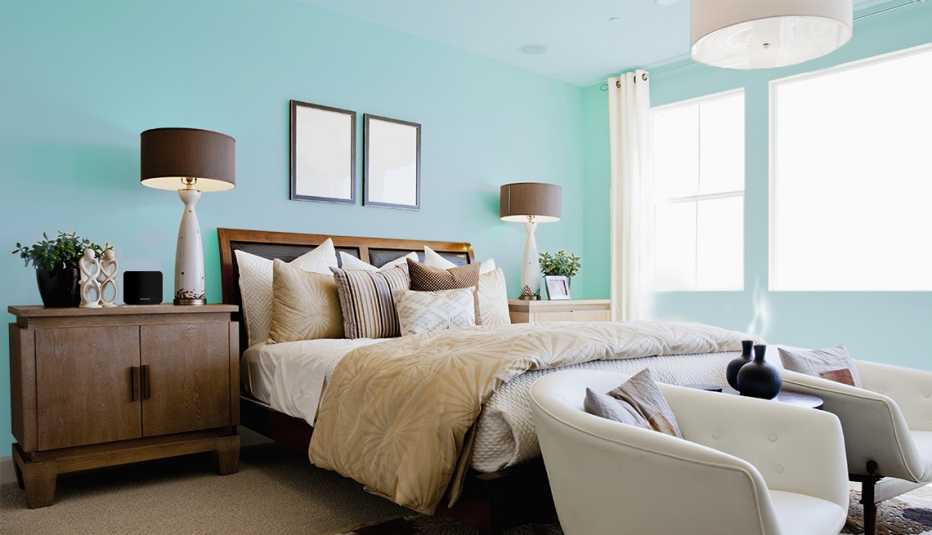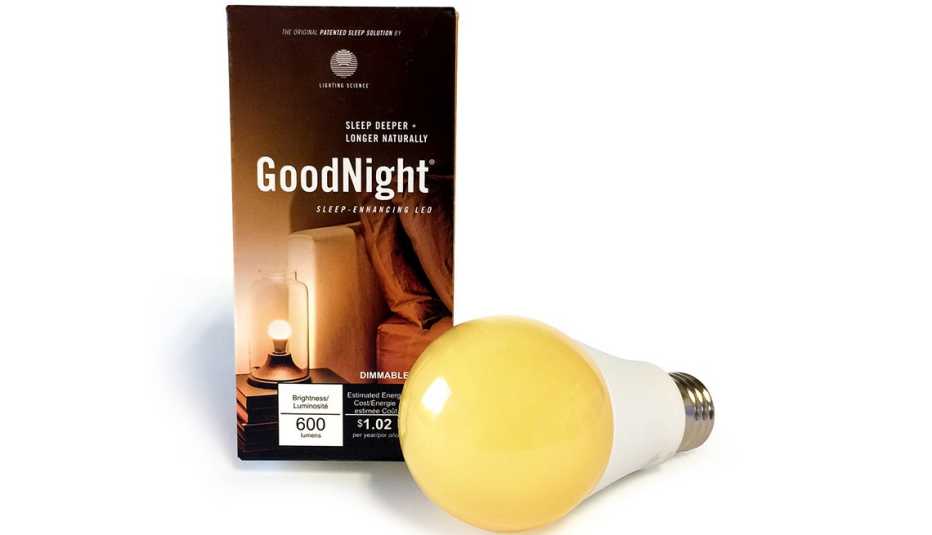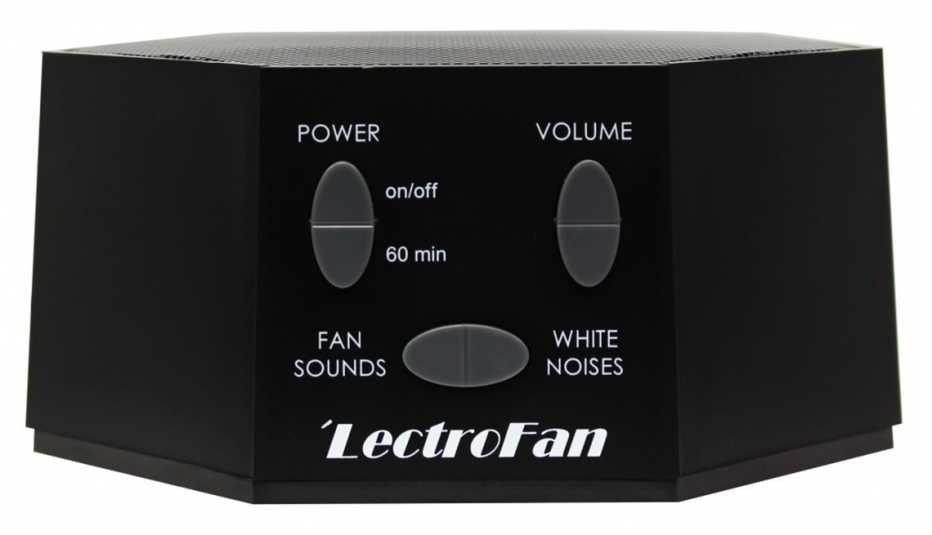Staying Fit


If you’re having trouble with sleep, sometimes it feels like nothing will bring back those blissful seven or eight hours. But giving yourself a bedroom that’s primed for slumber can give you a fighting chance at a good night’s rest — and help you look forward to turning in.
Soothing color


A fresh coat of paint can go a long way toward reinventing your space. Stay away from busy wallpapers and bold colors such as yellows and reds, which are stimulating. While blues, greens and grays tend to be more mellow, and therefore appropriate, you can “really experiment with the palette as long as the colors are soothing and muted,” says color consultant Amy Wax, who notes that she likes the deep and soothing lilac shade called Inspired, as well as the grayish green Tranquility, both by Benjamin Moore, for bedrooms. To add drama, paint just the headboard wall a deep, saturated hue like Benjamin Moore’s Egyptian Clay or Porch Swing.


AARP Membership— $12 for your first year when you sign up for Automatic Renewal
Get instant access to members-only products and hundreds of discounts, a free second membership, and a subscription to AARP the Magazine.
Restful lighting
Electronics, with their blue glaring light and endless alerts, can overstimulate a restless mind. But even ordinary lights in our home might be keeping us awake at night. “The single biggest environmental threat to a person’s sleep is light,” said Michael J. Breus, a clinical psychologist and sleep expert. That’s because electronics and many light bulbs, particularly LED bulbs, emit a harsh blue light that sends a signal to our brain to stop producing melatonin, a powerful hormone that helps you sleep, Breus said. (Think of it as the difference between staring into a campfire versus a blowtorch.)
To make your room more restful, replace the bulb in your bedside table with one that has a depleted blue spectrum, like the Good Night Bulb by Lighting Science ($18, at lsgc.com). The company also sells a Good Night bedside table lamp ($38).
Better bedding


Your bed should feel cozy and inviting — but it shouldn't be so warm that you wake up in a pool of sweat. If you often get overheated at night, invest in breathable cotton sheets, such as lightweight percale organic sheets from Sol Organics (solarganix.com), which keep your bed cool while you rest. If a busy, anxious mind keeps you up, consider a weighted blanket, like the Gravity Blanket ($249, at bedbathandbeyond.com), which comes in three colors and four weights. Choose one that is roughly 7 to 12 percent of your body weight. The heavy weight of the blanket stimulates pressure points, which its advocates claim will increase serotonin and melatonin production.


































































More From AARP
Build a Better Bedroom
Make your master say 'serene retreat,' not 'time to sort piles of laundry'
Breaking Insomnia’s Grip
Our writer finds new ways to nod off and end the no-sleep cycle